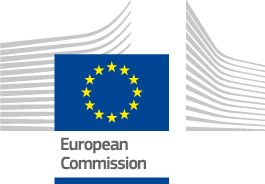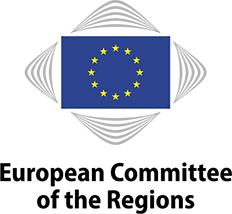This year during EURegionsWeek, the EU cohesion policy celebrates its 30th anniversary. It could be the best moment to reflect and to look at what awaits ahead. Technology is playing a significant role in how we perceive the world, especially how we interact with everything around us. In our “technological society,” progress is taking place at every level. But, if we look at the global technology market, Europe risks falling behind if member states do not cooperate more closely to achieve common goals.
In the next generation of cohesion policy programmes, one of the major pillars is represented by technology: increased efficiency and cost savings are transforming business models and social entrepreneurship. For these reasons, the department for regional and urban policy (DG REGIO) is increasingly investing in this field.
For example, the Six City Strategy (6Aika) is aimed to create a sustainable urban development that enables the six largest cities in Finland to create a shared open data system, open the innovation platforms and share customer services. Thanks to its 3,409,183 euros in EU contributions, Finland is creating its new technology system, sharing know-how and offering jobs opportunities for its citizens.
In Luxemburg, 261,000 euros are being invested in a local company called Fit 4 coding, specialized in coding and software development courses. The EU contribution has managed to train more than 83 students and 80% of them found a job in the IT development industry within six months.
Customized furniture is becoming more and more accessible thanks to 3D printers to the point that in Amsterdam, extra-large 3D printers are being developed to create digital construction products. More than 30 million euros are being invested in the technology that is zero-waste and cuts CO2 emissions by using biomaterials such as plastic made from plants.
Last but not least, the Connecting Europe Facility (CEF), a key EU funding instrument to promote growth, jobs and competitiveness through targeted infrastructure investment at European level is building blocks and enabling secure cross-border digital interactions between citizens, businesses and public administrators. One of the other technology features is the eSignature which might be facilitated to public administrations, businesses and citizens. It is a digital way of signing documents electronically, no matter where.
The European Union, through cohesion policy and other instruments, helps its member states and their regions to foster productivity improvements, encourage business competitiveness, promote new skills and create jobs. The aim is to reduce the economic and social disparities between the advanced and disadvantaged areas of the EU. Technology is expected to play an important role and cohesion policy must be more effective in order to maximise impact and deliver significant results.
Written by: Daniele Lonardo
Edited by: Bruna Tomsic



